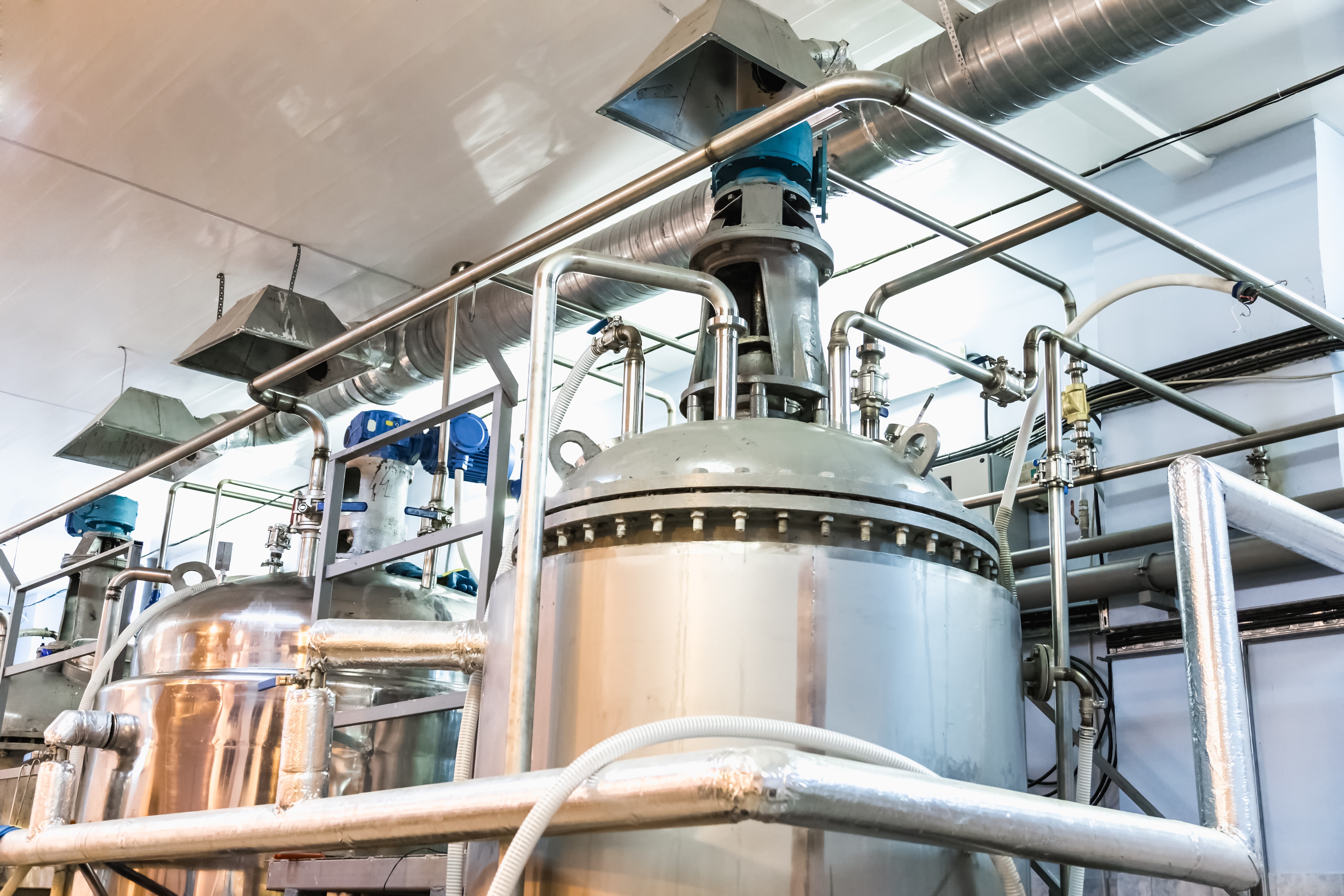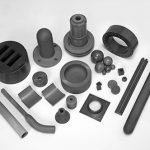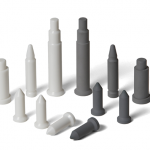Rightly so, technical ceramics are commonly associated with harsh chemical processing, extremely high-temperature environments, and heavy-duty industry, however, in recent years, they have been increasingly employed in precision sensor applications.
Since the birth of the semiconductor in the 1950s, and the subsequent rise of silicon (Si) as the eponymous material of the digital age, researchers have been exploring novel engineering materials for sensing and detection, both for improved sensitivity and to survive in the most demanding environments. The most commonly used ceramics for direct sensing are piezo-electric materials, which generate an electric charge when mechanical stress is applied.
Specialist electroceramics with tailored properties are used widely throughout the electronics and electrical transmission industries including within integrated circuits (ICs) and photovoltaics (PVs), as well as where high thermally conductive electronic substrates are required.
Limitations of Current Sensing Materials
We use sensors in virtually every aspect of modern-day life. However, the ever-growing technological prowess of mankind has a way of highlighting the limitations of materials and subsystems that have become essential to many operations. It is increasingly difficult to detect and monitor critical parameters in extremely demanding applications using novel electronic equipment, which is often incapable of surviving high temperatures, harsh corrosive environments, or even moderate wear and abrasion.
How Technical Ceramics Can Help
Technical ceramics like silicon nitride (Si3N4) and their advanced derivatives such as sialons are designed to withstand some of the toughest working environments known to man. Characterized by outstanding mechanical properties and exceptional wear- and corrosion-resistant properties at temperatures as high as 1450°C, these advanced nitride-based ceramics represent the ideal solution for detecting/monitoring extreme parameters or for routine operations in tough conditions. Moreover, through careful engineering design, ceramics can be integrated into existing systems without the need for significant adaptations.

Applications of Technical Ceramic Sensors
Often the high strength and wear resistance of sialon in comparison to metal or plastic makes it an attractive alternative when designing sensor systems for moisture detection in industries such as grain storage, animal feed handing, or clay and cement preparation due to its transparency to microwaves.
Thanks to its non-wetting properties, thermal shock stability, and corrosion resistance in contact with molten aluminum, Syalon 101 is often used to protect fragile thermocouples from the melt, while the electrically conductive Syalon 501 grade can be incorporated into furnace wall circuitry to create accurate level sensors which provide a real-time melt level within the furnace.
Silicon nitride’s high-temperature resistance and tailored electrical and dielectric properties make it an extremely versatile material that is now utilized in novel sensor applications for aerospace and defense applications such as tip clearance sensors and radomes as the demand for materials capable of surviving ever increasingly demanding environments continues.

International Syalons: Technical Ceramics Suppliers
In recent years International Syalons has seen a significant increase in requests for sialon for use directly or indirectly in sensor applications. With extremely stable thermal properties and tailored electrical resistivity, silicon nitride is increasingly used as an integral component within complex electrical systems associated across a range of electrical requirements at high and low temperatures in challenging sectors such as aerospace and aviation, for instance.
If you would like to learn more about using technical ceramics in different sensor markets, or simply want to discuss the specifications of our proprietary Syalons range, contact a member of the International Syalons team today.



